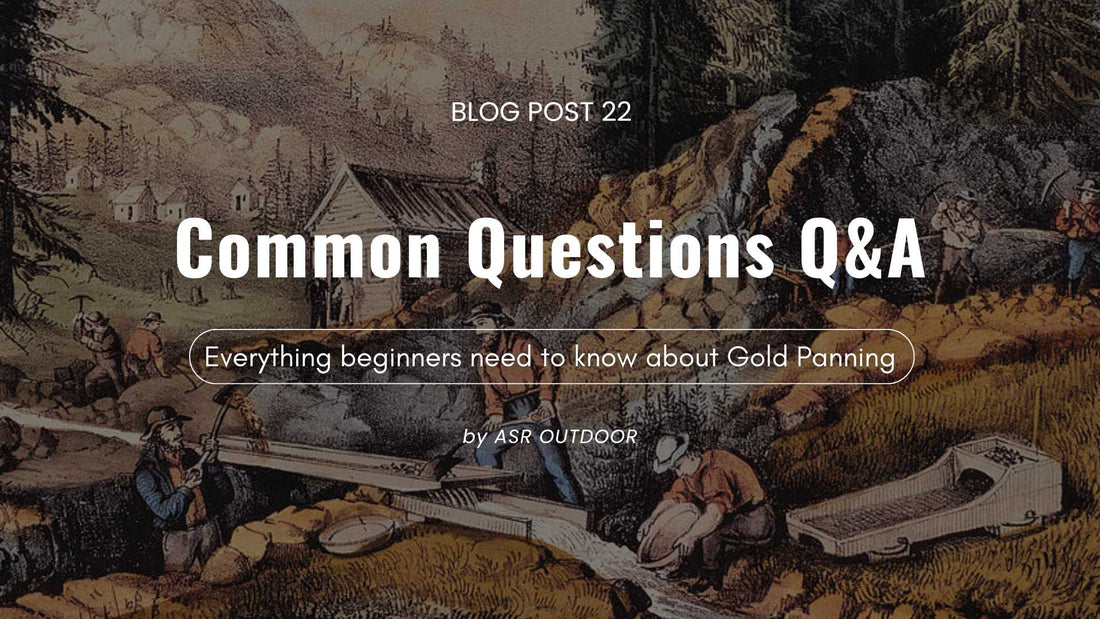
Everything Beginners Need to Know : Q&A
Gold panning is a timeless outdoor hobby that combines history, adventure, and the thrill of finding real treasure. Whether you're new to prospecting or looking to brush up on technique, we’ve rounded up the most frequently asked questions about gold panning and prospecting, complete with expert tips and beginner-friendly advice.
What Is Gold Panning?
Gold panning is a manual process of separating gold from soil or sediment using a shallow pan and water. It’s one of the oldest forms of gold recovery and remains a popular method for recreational prospectors around the world.

What Equipment Do You Need to Start Gold Panning?
Starting is surprisingly affordable. Here’s what you’ll need:
-
A gold pan
-
Small shovel or trowel
-
Classifier or sifter
-
Snuffer bottle
-
Tweezers & magnifying glass
-
Vials for storing gold
-
Waterproof boots and gloves (optional step for comfort)
Pro Tip: Many starter gold panning kits are available online and include everything you need to begin.

Where Can You Pan For Gold?
The best places to pan for gold are rivers, creeks, and streams where water slows down enough for heavy materials—including gold—to settle. Look for spots like:
-
Inside bends of rivers
-
Behind large rocks
-
At the base of waterfalls
-
Under natural obstructions and drop-out zones
✅ Most Popular Gold Panning Locations:
-
California & Alaska (USA)
-
Western Australia
-
British Columbia (Canada)
-
South Island (New Zealand)
Tip: Always research the local gold history before choosing a location.
Do You Need a Permit for Gold Panning?
In many regions, gold panning without heavy equipment is allowed on public lands, but restrictions vary:
-
In the U.S.: BLM and Forest Service land often allow recreational panning
-
Australia: A fossicking license is required in most states
-
Canada: Provincial permits may be necessary
Check with your local land management agency before you go.

How Can You Tell if There’s Gold in Your Pan?
Look for:
-
Black sand (heavy minerals that settle with gold)
-
Visible flakes or nuggets that appear shiny and heavy
-
Material that stays at the bottom of your pan after gentle swirling
Gold has a distinct, buttery yellow color and doesn’t float or rust.
Can You Keep the Gold You Find?
Generally, yes! Most public land allows you to keep what you find for personal use. However, national parks and private property often have strict rules or bans.
Warning: Never pan for gold on private or protected land without permission.
Is Gold Panning Profitable?
For most hobbyists, gold panning is not a high-income source—it’s about the thrill and connection to nature. While some experienced prospectors strike it rich, beginners typically find only flakes and small amounts.
That said, the real payoff is the fun, community, and adventure it brings.
What is the Difference Between Gold Panning and Gold Prospecting?
-
Gold panning is a method used to recover gold from alluvial locations.
-
Gold prospecting is the broader process of exploring areas for gold using various tools (metal detectors, sluices, rock hammers) and techniques, including panning.
Safety & Environmental Tips for Responsible Panning
-
Minimize riverbank erosion by refilling holes
-
Avoid using chemicals or damaging wildlife habitats
-
Pack in, pack out – leave no trash!
-
Wear sunscreen, stay hydrated, and watch for slippery rocks
Practicing "leave no trace" mining methods ensures these areas stay preserved for future visitors.
Final Thoughts: Is Gold Panning Worth Trying?
Absolutely! Even if you don’t strike it rich, you’ll walk away with an appreciation for geology, history, and the natural beauty of river systems. Thanks to minimal gear requirements, gold panning is affordable, educational, and fun for all ages.
So grab your pan, do your research, and hit the creeks—it’s time to find your first flake of gold!

